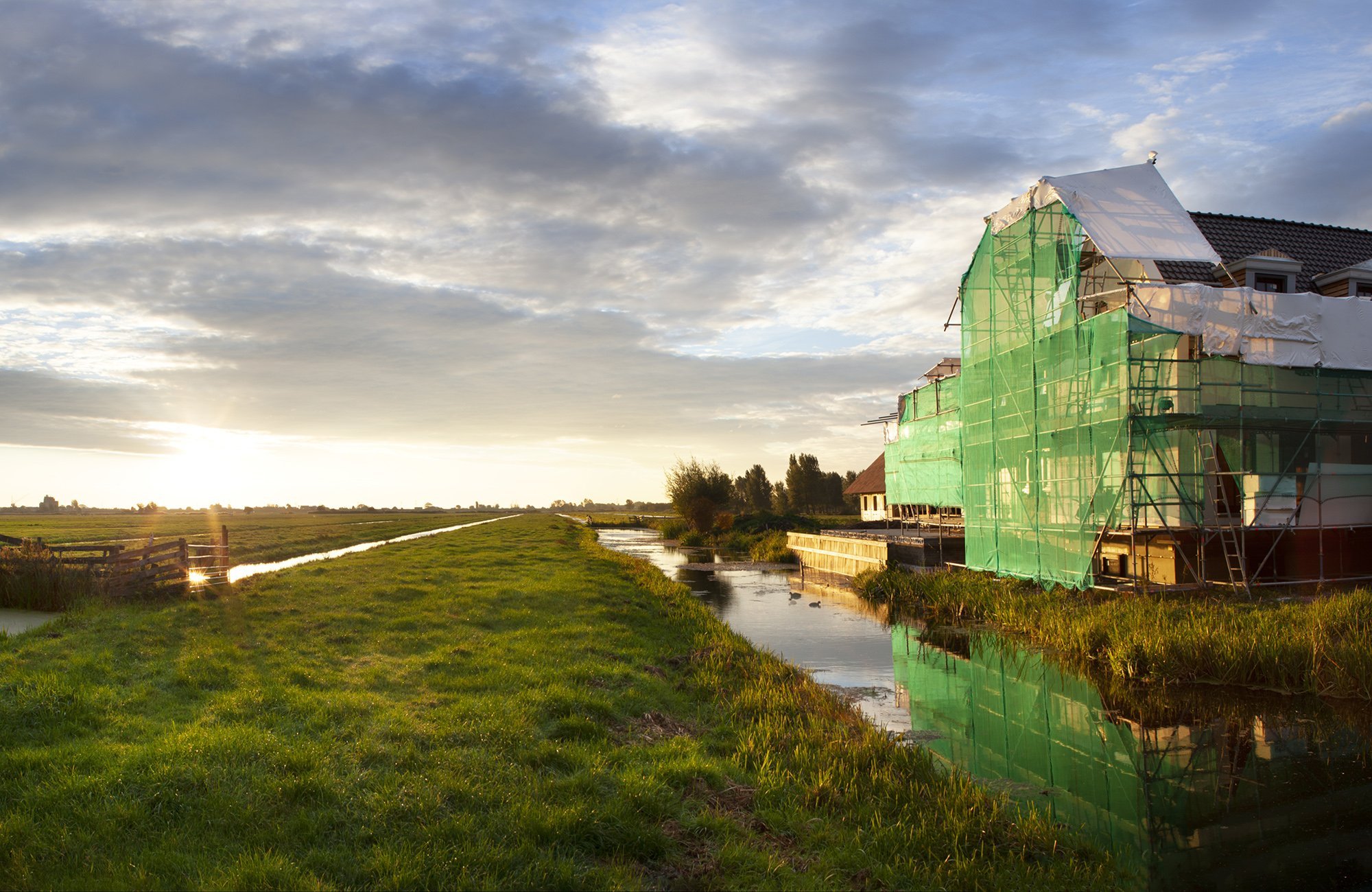Housing associations get to work on circularity
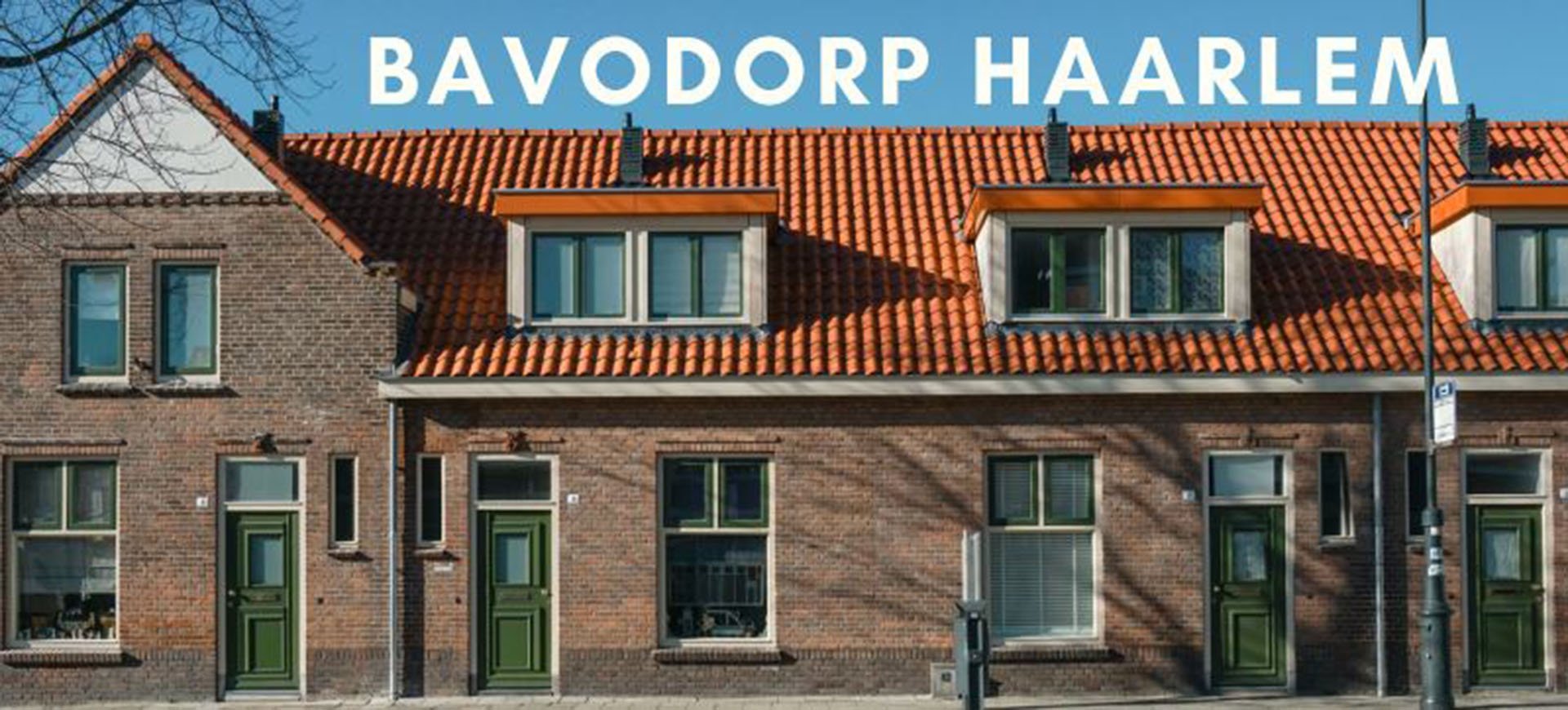
‘You just have to bite the bullet and get on with it.’
The Netherlands has more than eight million homes, of which 2.3 million are rental homes. The rental homes are managed by over 300 housing associations. In terms of numbers of homes, the associations are an important factor in making the Netherlands housing stock more sustainable. What are housing associations doing about this? How sustainable and circular are maintenance and renovation projects in the rental sector? Do they do more than re-insulate homes and install PV panels on the roof? Lisa Verhaeghe de Naeyer explains her work at
Together with her colleague Marlou Boerbooms, Lisa established an annual programme to accelerate the sustainability of existing housing stock by collecting and sharing knowledge and inspiring examples about this topic. Lisa: ‘Groene Huisvesters is an independent platform for and by housing associations. Twenty associations are currently involved, from small to very large associations. The platform was established over ten years ago. We’ve been involved from the start in climate adaptation and circularity in collaboration with tenants, but the focus was mainly on the energy transition. Some four years ago, we decided to also focus on reducing carbon emissions and on circularity.’
How do associations view circularity?
‘It is a growing theme among housing associations. Although everything is still in its infancy, increasing numbers of associations are involved in this. The energy transition is a given these days; it’s seen as business as usual. Circularity, on the other hand, is not yet a given, although its urgency is acknowledged. The search is still on for how this can be done efficiently.’

What is the reason that corporations are now getting to grips with circularity?
‘It often starts with having a good idea of the material and waste streams. We do this partly because we believe that circularity is part of our social responsibility, but there’s also a growing awareness that it can be financially beneficial to ‘harvest’ materials from existing homes. A great example of this is the Bavodorp renovation project in Haarlem by Ymere housing association. Ymere initially considered demolition and new-build, but during the development process, they decided to made a comparison with a circular approach to the renovation. This was partly due to the enthusiastic and inspiring efforts of Project Manager Hester ten Zijthoff, but the sustainability choices were also based on a Total-Cost-of-Ownership approach. Affordability came first and foremost. Once she received a green light for the circular renovation of Bavodorp, everyone became enthusiastic. Circularity is evident in the roof tiles, timber beams, concrete foundations, stairs and a materials passport. Another great result is that Ymere’s procurement policy will focus more on reuse from now on. It is a textbook example of circular renovation that we’re happy to present to other associations. We do, however, tell them that they need to consider everything carefully. You can’t do everything alone. Besides liaising with residents, it’s very important to work closely on this point with the architect and the demolition contractor.’
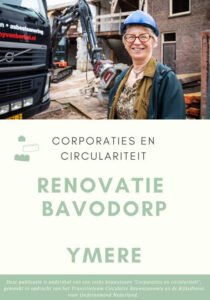 A great example of circular renovation is the Bavodorp renovation project in Haarlem by Ymere housing association. Various circular measures were implemented during the project. Climate-adaptation measures were also taken, including promoting biodiversity, installing sunshades to prevent overheating and using rainwater tanks and infiltration tanks to combat drought. A brochure about the measures and the Bavodorp renovation development process is available for download on the Groene Huisvesters website.
A great example of circular renovation is the Bavodorp renovation project in Haarlem by Ymere housing association. Various circular measures were implemented during the project. Climate-adaptation measures were also taken, including promoting biodiversity, installing sunshades to prevent overheating and using rainwater tanks and infiltration tanks to combat drought. A brochure about the measures and the Bavodorp renovation development process is available for download on the Groene Huisvesters website.
Which sustainability themes resonate the most with housing associations?
‘There has always been considerable interest in the sessions on the energy transition and there’s an increasing focus on climate adaptation. The latter topic refers to flooding, the home overheating and a green living environment. The circularity theme is also in the spotlight. That’s because it’s new and exciting but there’s a lot more to be discovered here. The focus within the circularity theme is also extremely diverse. Some housing associations focus on demolition and reuse, others on timber construction, chain collaboration or circular procurement and others on detachable and circular kitchens and bathrooms.’
What is your next step?
‘Our Academy has been organising in-person meetings for years. We had a room and we were delighted if sixty participants came. Now, with our online meetings, we’ve managed to quadruple our audience and we reach many more people. These are often people involved in project management but are not on the Board of an association. We also established a roadshow to get a good idea of the opinions of Board members. We visited 26 governance networks and started discussing climate adaptation and circularity with the Board members. We presented the results of these discussions on 1 June. We’ll be using these for the next step in making the housing stock circular and climate adaptive. In general, we’ve noticed that there’s still some trepidation about getting started with circular renovation. But you just have to bite the bullet and get on with it.’
For further information about the work and activities (including the Academy and the Roadshow) visit the Groene Huisvesters website.
Milieudatabase.nl would like to demonstrate projects with a low EPB. If you’re working or have worked on a project with an EPB of 0.5 or lower, please let us know. You can register your project via the following email address communicatie@milieudatabase.nl
This page has been translated using DeepL
Related articles

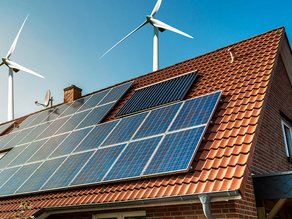

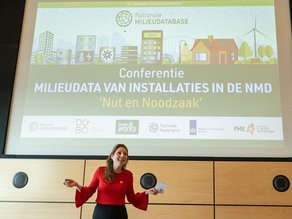
Blijf op de hoogte
Meld je aan voor onze nieuwsbrief en ontvang maandelijks updates over duurzaam bouwen, milieuprestatie, milieudata, beleid en ander relevant nieuws vanuit Stichting NMD.
